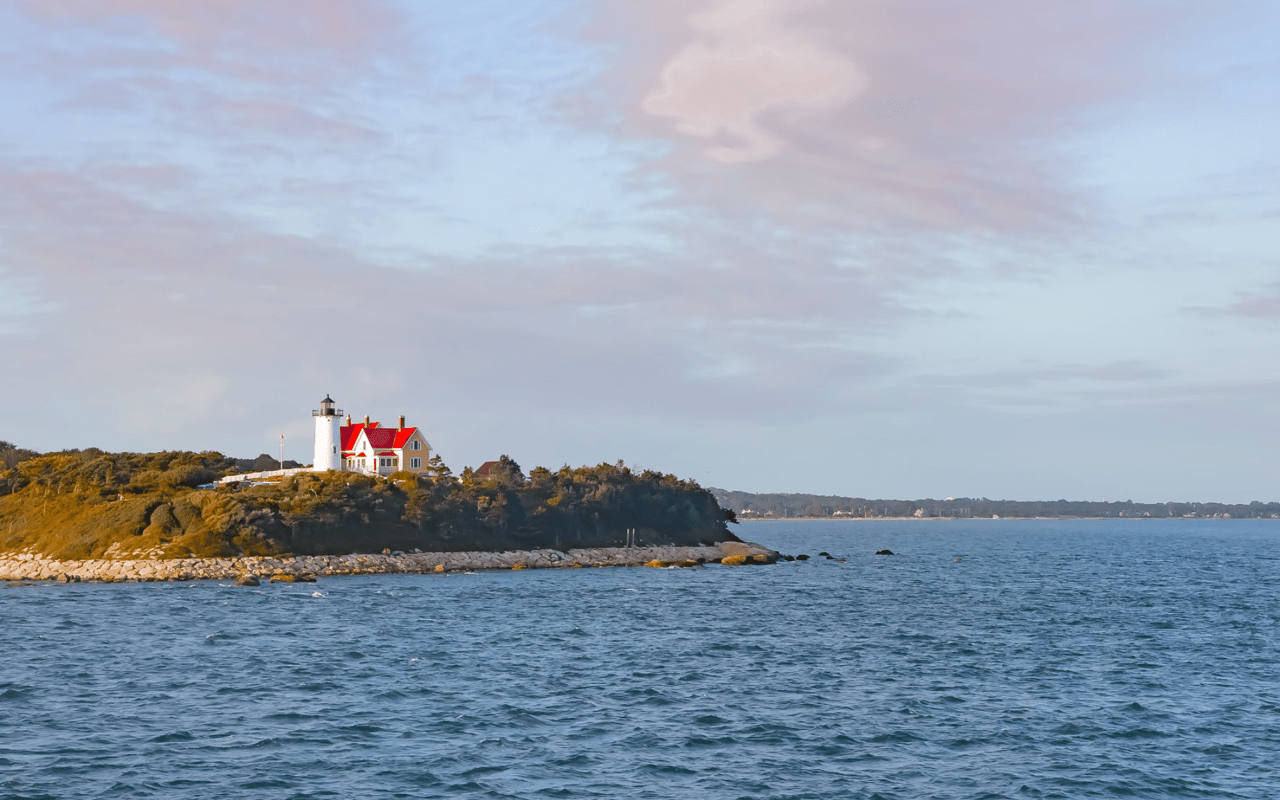Falmouth, Massachusetts, is a town rich in history and charm, with its roots dating back to the 17th century. As you wander through its streets and villages, you'll find a tapestry of architectural styles that tell the story of this coastal gem. From stately colonial homes to iconic lighthouses, Falmouth’s architectural landmarks are windows into the town’s past.
The Historic Falmouth Village Green
At the heart of Falmouth lies the Village Green, which has been the focal point of community life for centuries. Surrounded by well-preserved colonial-era homes, the Village Green is a testament to the town’s rich history. Many of the houses around the Green date back to the 18th and 19th centuries, showcasing classic New England architecture with their white clapboard siding, symmetrical facades, and pitched roofs.
One of the most notable buildings in this area is the First Congregational Church of Falmouth, built in 1796. With its tall steeple and pristine white exterior, the church is a quintessential example of Federal-style architecture. The church's interior is equally impressive, featuring an elegant simplicity that reflects the Puritan values of the time.
One of the most notable buildings in this area is the First Congregational Church of Falmouth, built in 1796. With its tall steeple and pristine white exterior, the church is a quintessential example of Federal-style architecture. The church's interior is equally impressive, featuring an elegant simplicity that reflects the Puritan values of the time.
The Nobska Lighthouse
Perched on a bluff overlooking Vineyard Sound, the Nobska Lighthouse is one of Falmouth’s most iconic landmarks. Built in 1828, the lighthouse has guided mariners safely into Woods Hole and Vineyard Sound for nearly two centuries. Its striking white tower and red-roofed keeper’s house are quintessential features of New England coastal architecture.
The lighthouse's location offers panoramic views of the surrounding waters, including the Elizabeth Islands and Martha’s Vineyard. Today, Nobska Lighthouse is not only a functioning navigational aid but also a beloved symbol of Falmouth’s maritime heritage. The site is open to the public, allowing visitors to explore the lighthouse and learn about its history and significance.
The lighthouse's location offers panoramic views of the surrounding waters, including the Elizabeth Islands and Martha’s Vineyard. Today, Nobska Lighthouse is not only a functioning navigational aid but also a beloved symbol of Falmouth’s maritime heritage. The site is open to the public, allowing visitors to explore the lighthouse and learn about its history and significance.
Highfield Hall & Gardens
Highfield Hall is a grand Victorian mansion nestled in the hills above Falmouth. Built in 1878 by the Beebe family, who were prominent Boston merchants, the mansion is a stunning example of Queen Anne-style architecture. The building’s intricate woodwork, ornate gables, and expansive verandas reflect the opulence of the Gilded Age.
After falling into disrepair in the 20th century, Highfield Hall was meticulously restored and now serves as a cultural center and museum. The interior of the mansion is a showcase of Victorian design, with period furnishings, elegant wood paneling, and intricate details throughout. The surrounding gardens, which have also been restored, offer a peaceful retreat with walking paths, flower beds, and sculptures.
After falling into disrepair in the 20th century, Highfield Hall was meticulously restored and now serves as a cultural center and museum. The interior of the mansion is a showcase of Victorian design, with period furnishings, elegant wood paneling, and intricate details throughout. The surrounding gardens, which have also been restored, offer a peaceful retreat with walking paths, flower beds, and sculptures.
Woods Hole Oceanographic Institution and Village
Woods Hole, a village within Falmouth, is world-renowned for its contributions to oceanographic research, and its architecture reflects its unique blend of science and history. The Woods Hole Oceanographic Institution (WHOI), founded in 1930, has a campus that features a mix of historic and modern buildings. The original buildings, with their shingle-style architecture, blend seamlessly with the coastal environment, while newer structures reflect the institution’s cutting-edge research mission.
In addition to WHOI, the village of Woods Hole is home to several other architectural landmarks. The Church of the Messiah, built in 1852, is an example of Gothic Revival architecture with its pointed arches, stained glass windows, and steeply pitched roof. The village also has a number of charming cottages and homes that date back to the 19th century, each with its own unique character.
In addition to WHOI, the village of Woods Hole is home to several other architectural landmarks. The Church of the Messiah, built in 1852, is an example of Gothic Revival architecture with its pointed arches, stained glass windows, and steeply pitched roof. The village also has a number of charming cottages and homes that date back to the 19th century, each with its own unique character.
The Woods Hole Historical Museum
The Woods Hole Historical Museum is a small but significant landmark that reflects the maritime history of Falmouth and the surrounding areas. The museum is housed in a charming 19th-century building that originally served as the Woods Hole Library. The architecture of the museum itself is reflective of the village's rich history, with its wooden shingles, sloping roof, and intimate, cozy interior.
The museum’s exhibits focus on the maritime and scientific history of Woods Hole, including the area’s involvement in whaling, fishing, and oceanographic research. The museum also includes a boat barn, where visitors can see traditional wooden boats and learn about the craftsmanship that went into building them. This blend of historical architecture and maritime heritage makes the Woods Hole Historical Museum a must-visit for those interested in the architectural and cultural history of Falmouth.
Falmouth, MA, is a town where history and architecture come together to create a place of enduring beauty and charm. From the stately homes around the Village Green to the iconic Nobska Lighthouse, Falmouth’s architectural landmarks offer a glimpse into the town’s past while continuing to inspire and delight residents and visitors alike.
The museum’s exhibits focus on the maritime and scientific history of Woods Hole, including the area’s involvement in whaling, fishing, and oceanographic research. The museum also includes a boat barn, where visitors can see traditional wooden boats and learn about the craftsmanship that went into building them. This blend of historical architecture and maritime heritage makes the Woods Hole Historical Museum a must-visit for those interested in the architectural and cultural history of Falmouth.
Falmouth, MA, is a town where history and architecture come together to create a place of enduring beauty and charm. From the stately homes around the Village Green to the iconic Nobska Lighthouse, Falmouth’s architectural landmarks offer a glimpse into the town’s past while continuing to inspire and delight residents and visitors alike.
Partner with Lynn O’Neill
For those looking to make Falmouth their home, O'Neill Group is ready to assist. With a deep understanding of the local real estate market and a passion for helping clients find their perfect home, Lynn can guide you through the process of discovering all that Falmouth has to offer. Reach out to Lynn O’Neill today to explore your real estate options in this picturesque town.




